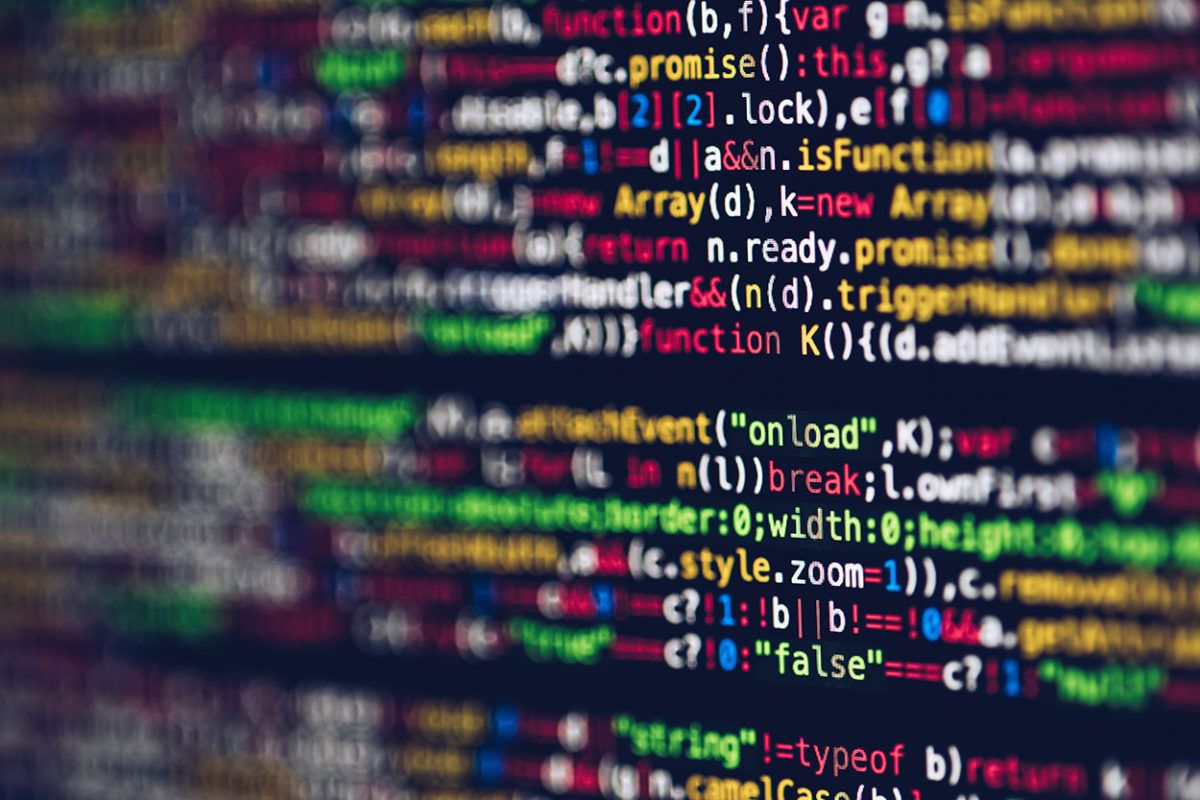Data Science applications shook us all up in no time. Thanks to storage and faster computing, we can predict results in a few minutes, which could take a lot of human hours to be possible.
In this series of articles that is about to begin, we will tell you about the most relevant uses of Data Science and finally the impact within the insurance industry.
01.Fraud and risk detection
It is known that the first applications of data science were in finance, in fact companies were tired of debts and losses every year. However, these had a lot of data that used to be collected during the initial paperwork when sanctioning loans, so they decided to bring in data scientists to rescue them from losses.
Thus, over the years, banking companies learned to divide and conquer data through customer profiles, past expenses and other essential variables to analyze risk and default probabilities. All the above helped them to push their banking products based on the customer’s purchasing power.
02.Health care
The healthcare sector receives great benefits from data science applications and here are the most important ones, according to Edureka’s article.
- Medical image analysis: procedures such as tumor detection, artery stenosis and organ delineation employ several methods and frameworks to find optimal parameters for tasks such as lung texture classification, machine learning, content-based medical image indexing and wavelet analysis for solid texture classification.
- Genomics and genetics: data science enables an advanced level of treatment personalization through genomics and genetics research. Consequently, it aims to understand the impact of DNA on health and to achieve biological connections on an individual basis between genetics, disease and drug response.
Similarly, data science techniques make it possible to integrate various types of data with genomic data in disease research, enabling a deeper understanding of genetic problems in the reactions of particular drugs and diseases. As soon as reliable personal genome data is obtained, a more extensive understanding of human DNA will be achieved.
03. Drug development
The drug discovery process is very complex and involves many disciplines. The best ideas are constrained by billions of tests, which translates into a large financial and time investment.
On average, it takes twelve years to make an official submission. Data science applications and machine learning algorithms simplify and shorten this lengthy process, adding insight at every step, from initial screening of drug compounds to predicting success rate based on biological factors.
Algorithms can predict how the compound will act in the human body by using advanced mathematical models and simulations, rather than traditional «lab experiments». The idea behind computational drug discovery is to create computer model simulations of a biologically relevant network that simplifies the prediction of future outcomes with high accuracy.
Other uses are still missing! That is why we cordially invite you to follow this series of articles!
